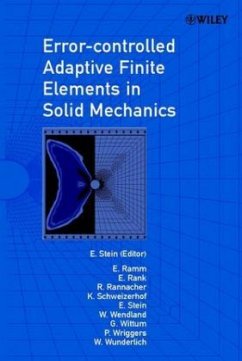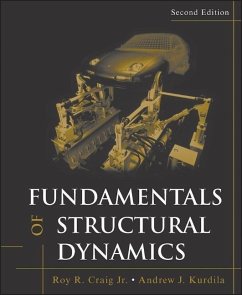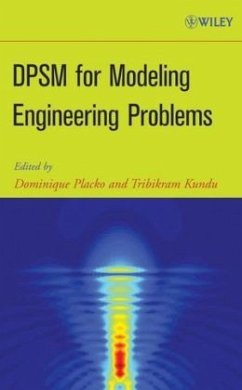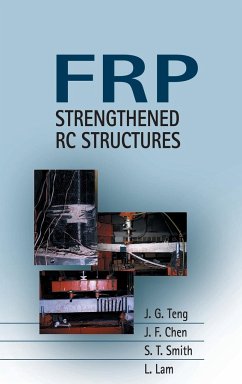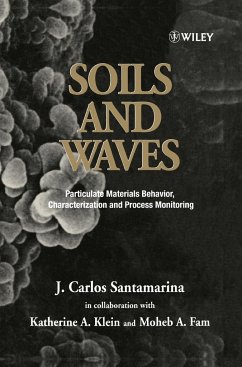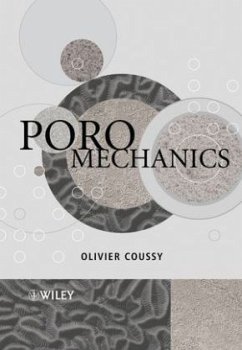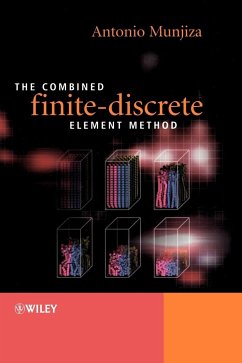Nicht lieferbar

Optimal Structural Analysis
Versandkostenfrei!
Nicht lieferbar
The increasing need to demonstrate structural safety has driven many recent advances in structural technology that require greater accuracy, efficiency and speed in the analysis of their systems. These new methods of analysis have to be sufficiently accurate to cope with complex and large-scale structures. In addition, there is also a growing need to achieve more efficient and optimal use of materials.Following on from the highly acclaimed and successful first edition, Optimal Structural Analysis now deals primarily with the analysis of structural engineering systems, with applicable methods t...
The increasing need to demonstrate structural safety has driven many recent advances in structural technology that require greater accuracy, efficiency and speed in the analysis of their systems. These new methods of analysis have to be sufficiently accurate to cope with complex and large-scale structures. In addition, there is also a growing need to achieve more efficient and optimal use of materials.
Following on from the highly acclaimed and successful first edition, Optimal Structural Analysis now deals primarily with the analysis of structural engineering systems, with applicable methods to other types of structures.
_ Presents efficient and practical methods for optimal analysis of structures.
_ Provides a complete reference for many applications of graph theory, algebraic graph theory and matroids in computational structural mechanics.
_ Substantially revised to include recent developments and applications of the algebraic graph theory and matroids, which are ideally suited for modern computational techniques.
_ Describes recent developments in the matrix force methods of structural analysis.
_ Presents novel applications of graph products in structural mechanics.
Optimal Structural Analysis will be of interest to post-graduate students in the fields of structures and mechanics, and applied mathematics particularly discrete mathematics. It will also appeal to practitioners developing programs for structures and finite element analysis.
Following on from the highly acclaimed and successful first edition, Optimal Structural Analysis now deals primarily with the analysis of structural engineering systems, with applicable methods to other types of structures.
_ Presents efficient and practical methods for optimal analysis of structures.
_ Provides a complete reference for many applications of graph theory, algebraic graph theory and matroids in computational structural mechanics.
_ Substantially revised to include recent developments and applications of the algebraic graph theory and matroids, which are ideally suited for modern computational techniques.
_ Describes recent developments in the matrix force methods of structural analysis.
_ Presents novel applications of graph products in structural mechanics.
Optimal Structural Analysis will be of interest to post-graduate students in the fields of structures and mechanics, and applied mathematics particularly discrete mathematics. It will also appeal to practitioners developing programs for structures and finite element analysis.





